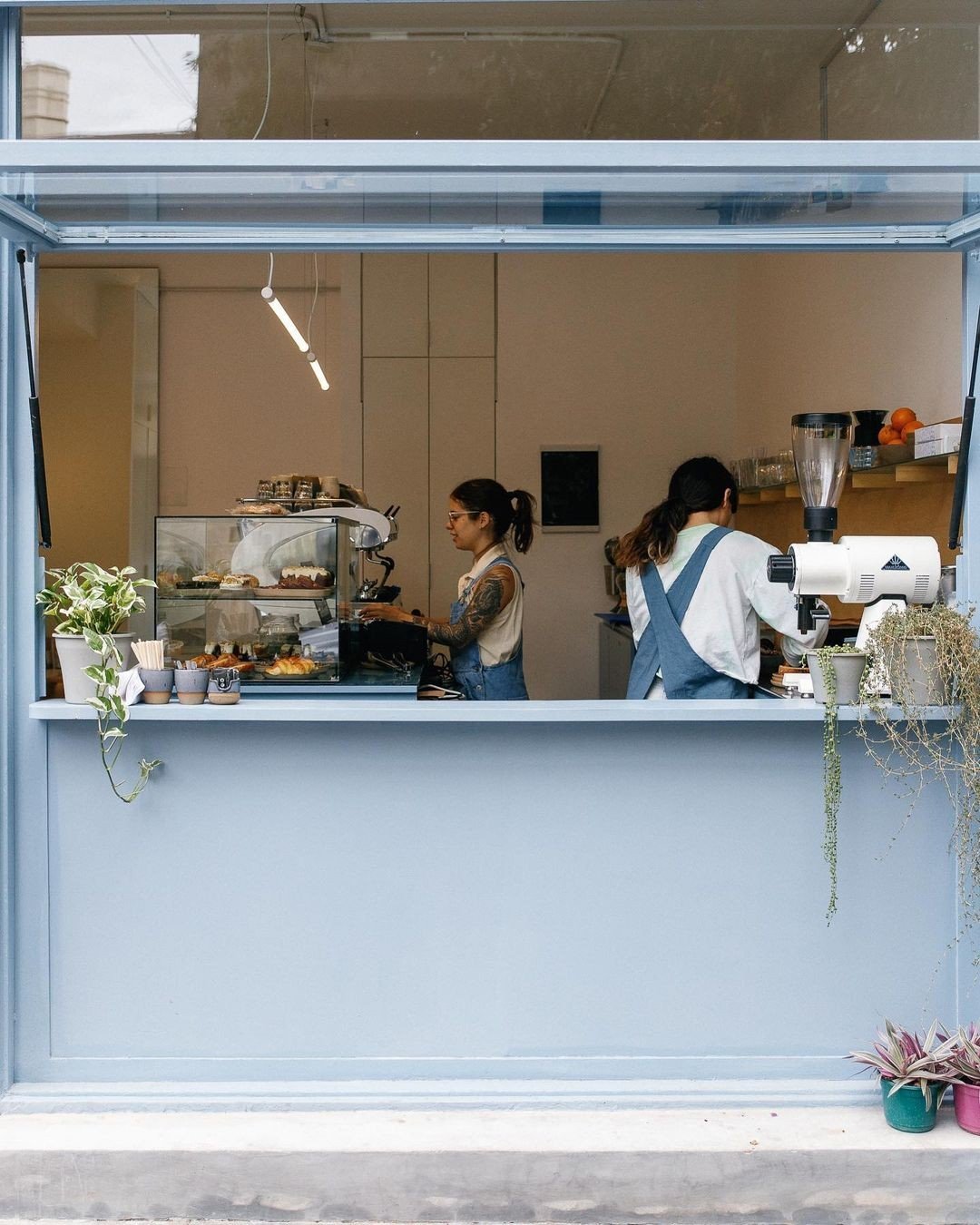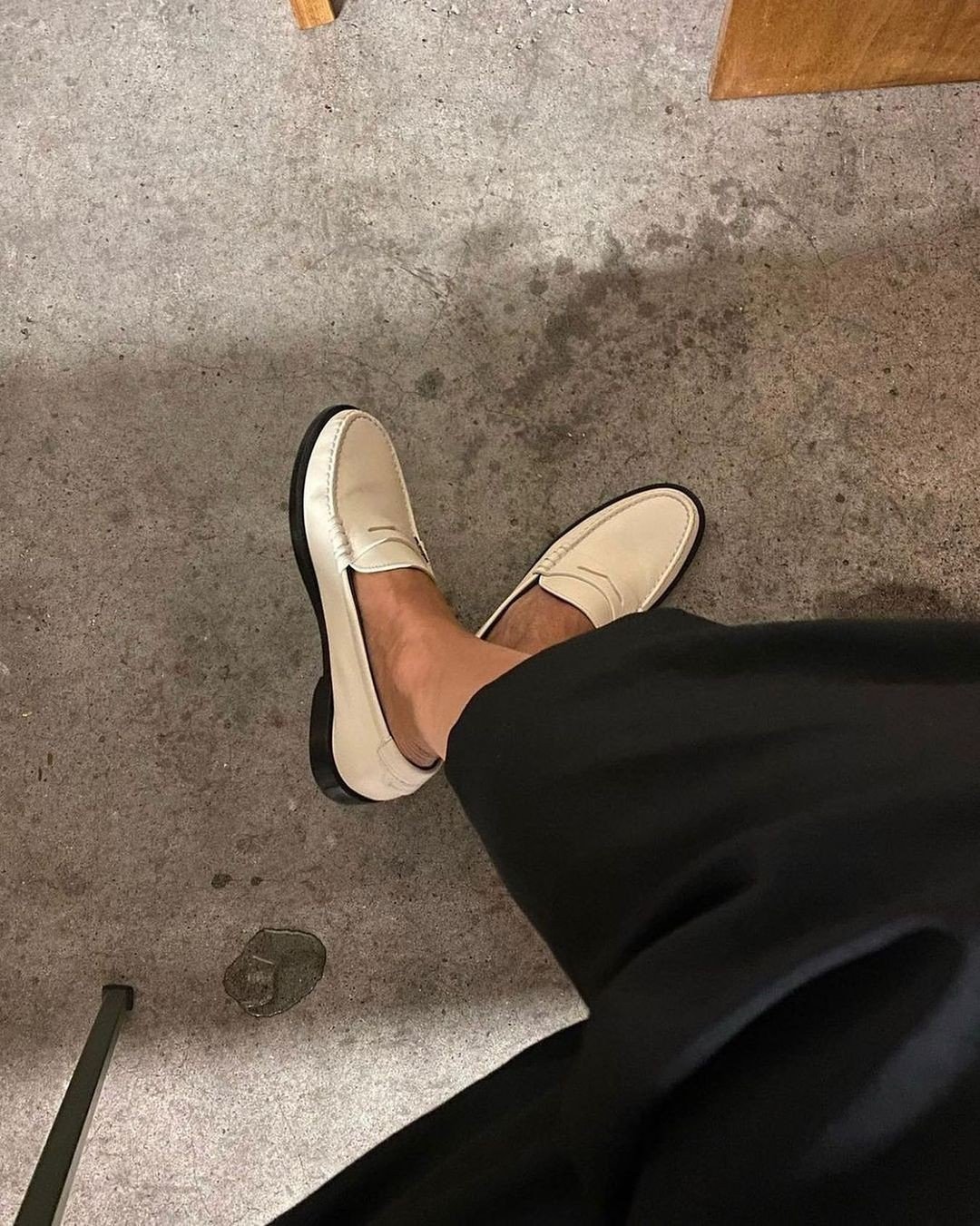Planning for Tariffs: How Small Businesses Can Thrive Amid Economic Shifts
With proposed tariffs—including a universal 10-20% on imports and an additional 60-100% on goods from China—set to impact key categories like apparel, toys, furniture, and travel goods, brands must prepare for the likelihood of these changes being implemented in the near future. While these shifts may feel daunting, they also present a unique opportunity for brands to stand out.
Here’s the truth: when consumer spending tightens, people become more intentional about where they shop. This is your chance to shine by strengthening your brand’s positioning, building trust, and connecting deeply with your audience.
Why Brand Strategy Matters More Than Ever
As prices rise, consumers will prioritize brands they trust—ones that offer not just products but values, stories, and quality they can connect with. This means your messaging and positioning need to be sharper and more authentic than ever.
How to Adapt Your Strategy for 2025
1. Be Transparent About Price Changes
If tariffs force you to adjust prices, be upfront about it. Customers appreciate honesty, especially when you frame the change as part of your commitment to maintaining quality and ethical practices.
Example Messaging: "Due to upcoming tariffs on imported goods, we’ll be making small adjustments to our pricing. This change allows us to continue delivering the quality you expect while supporting our commitment to fair labor and sustainable practices."
Transparency builds trust, and trust builds loyalty.
2. Lean Into Your Brand Story
Now is the time to remind your audience who you are and why you exist. Share your mission, values, and the impact of their purchases. Highlight the people and communities your brand supports—whether it’s artisans, ethical factories, or eco-friendly initiatives.
Example Messaging: "Every purchase helps us support fair wages for our partners and create sustainable products that make a difference. Your trust empowers us to keep doing what we love, responsibly and transparently."
Authentic storytelling will resonate with customers who want to spend intentionally.
3. Emphasize Quality and Value
When prices increase, consumers need to feel confident they’re still getting great value. Highlight the durability, craftsmanship, and unique features of your products to justify the investment.
Pro Tip: Share behind-the-scenes content or customer testimonials to showcase your product’s quality and the care that goes into making it.
4. Build Deeper Customer Connections
In times of uncertainty, loyalty becomes even more critical. Strengthen your relationship with your audience by:
Creating loyalty programs that reward repeat customers.
Engaging your community with Q&A sessions, behind-the-scenes content, or customer spotlights.
Adding value beyond products by sharing helpful content like styling tips, care guides, or sustainability insights.
The more connected your customers feel to your brand, the more likely they are to stick with you.
5. Plan for the Future
Economic challenges don’t have to be overwhelming if you plan ahead. Here’s how to get started:
Map out key revenue and marketing moments for 2025.
Revisit your PR and marketing strategy to ensure it aligns with your long-term goals.
Focus on messaging that highlights your value, quality, and transparency.
When others are caught reacting, you’ll be leading with intention and clarity.
What This Means for Your Brand in 2025
The likelihood of tariffs being implemented presents a challenge, but it’s also a chance to position your brand as a leader. Yes, prices may rise, but thoughtful, intentional spending will still happen. Consumers will prioritize brands they trust—those that reflect their values and tell a meaningful story.
By focusing on transparency, storytelling, and value, your brand can stand out in a crowded market and build trust that lasts beyond a single purchase.


